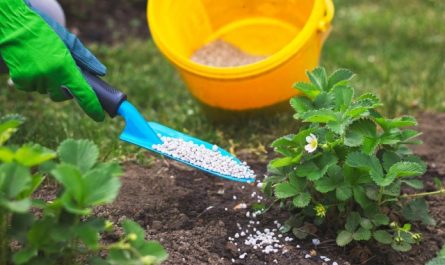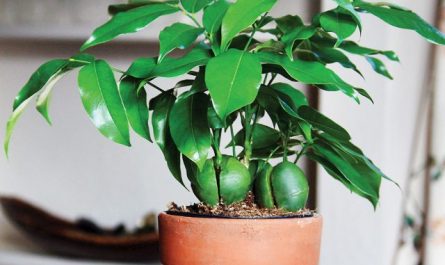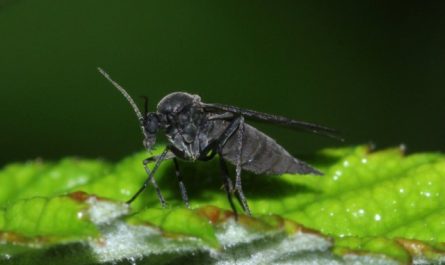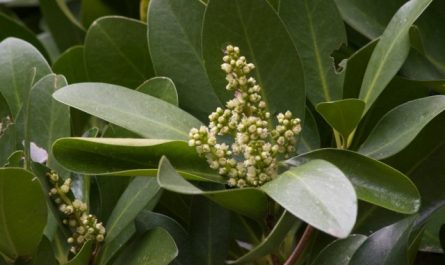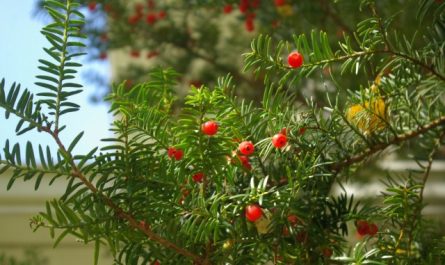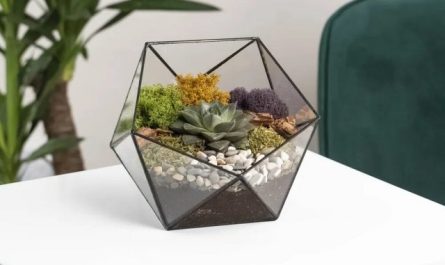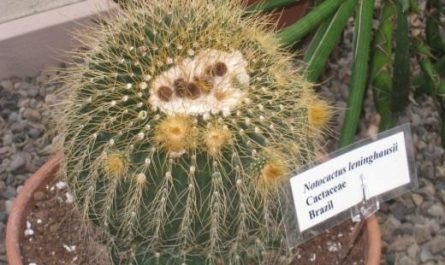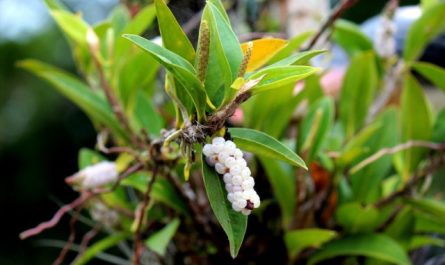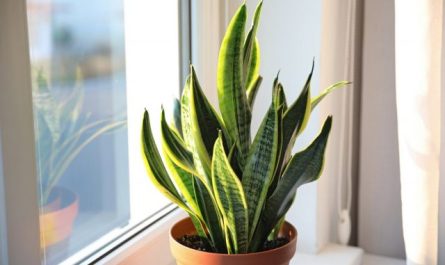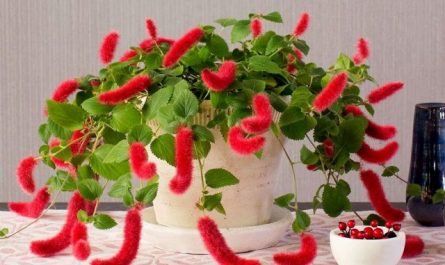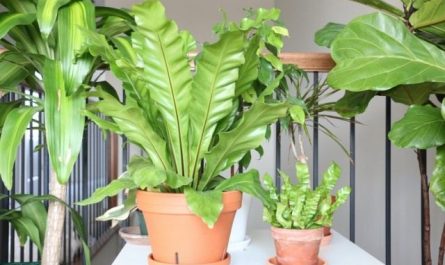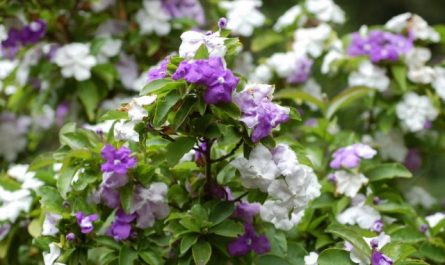Today, you can find any means on sale to combat pests and diseases of indoor plants. But every gardener still thinks about household and generation-tested means of fighting plant health. Sometimes you can cope with the problem by simply improving hygiene or adjusting plant care. And if you notice the damage in time, then the most basic means will be enough to stop the spread of pests or diseases. Although inferior in efficiency and speed, folk remedies are a safer alternative to insecticides and fungicides.

Pros and cons of folk remedies against plant diseases and pests
Systemic or more narrowly specialized insecticides and fungicides can boast good efficiency. This is the main way to combat diseases and pests in indoor plants and is practically irreplaceable. But when using any preparations, you have to consider their impact on the environment and safety for children, pets and your own health. Even biological agents have their own precautions (and contraindications).
This is what most often scares gardeners away from “industrial” preparations. But not only: chemical means of treatment and protection of plants are the last “step” in the arsenal. Many problems can be solved earlier no less effectively and without their use.
The search for a “homemade” alternative and folk recipes that can replace ready-made insecticides and fungicides should be conducted armed with a certain amount of skepticism, logic and patience:
- firstly, any folk remedies work more slowly and are not as effective;
- secondly, the use of some “garden tricks” is inappropriate in the home and can cause a lot of inconvenience and unpleasant sensations (even a long-aged garlic infusion or onion juice is not very pleasant to use, let alone an even more aromatic alternative);
- Thirdly, healthy doubt will allow you to refuse products that are no safer than chemical insecticides.
This does not mean that folk methods do not work. It is not by chance that they are used even today for both indoor and garden plants. By choosing wisely and not forgetting about elementary logic and the experience of previous generations of gardeners, you can find effective means from folk recipes and improvised compositions.
The most reliable, safe and acceptable option for testing is to use aromatic and medicinal plants and simple means that are already actively used in everyday life. Soap, decoctions and infusions often help to cope with even harmful pests on flowering and decorative foliage plants with amazing effectiveness.

Rules for using folk remedies for indoor plants
Experimental means require weighing the risks. The fact that folk methods may not work at all and precious time will be lost to combat the problem is the least of them. Household means may be too aggressive, leading to burns on the leaves or their complete loss. Therefore, before covering the entire plant with alternative compositions, it is better to try them on one leaf. It is also worth checking the individual reaction to the composition.
For plants, you can only use high-quality “raw materials” – unexpired products and herbs purchased at a pharmacy or prepared independently.
There are other rules for using folk remedies:
- treatment of indoor plants is always carried out in the evening hours, especially if decoctions or infusions of herbs are used;
- decoctions of poisonous plants are best used outdoors;
- infusions, decoctions and working solutions must be prepared before use or stored protected from light, in tightly sealed containers and away from food supplies;
- When handling, standard protection of the skin, mucous membranes and respiration should be used, especially when preparing infusions and decoctions of poisonous herbs.
Essential oils for indoor plants
The main active ingredient in most biopreparations is essential oils, which sometimes demonstrate amazing effectiveness against pests and diseases. They can be used at home by purchasing certified products.
Applying pure oil is, of course, unacceptable, and installing an aroma lamp near the plant will not help. Essential oils are diluted in water, creating a solution for spraying – adding 2-3 drops of ether per 100 ml of water and shaking thoroughly.
You can use only the “softest” and safest oils with good disinfectant and antiseptic properties – lemon, orange, lavender, tea tree, mint, cedar, pine. You should not try to use aggressive clove or cinnamon oils on your own. When using ethers, you should check your individual reaction to the tolerance of both smell and contact.

Soap solution is one of the simplest and most effective means
Simple soap, if applied in time, can completely replace insecticides and fungicides. It is used mainly to combat insect pests, and washing or wiping with a sponge is not the only way. Spraying with a soap solution is no less effective.
Soap solution is used as an initial stage of control in case of damage by any pests and as one of the most effective means for:
- washing away aphids or whiteflies from plants;
- spraying plants in case of sooty mold;
- spraying crops affected by honeydew;
- washing leaves in case of scale insect infestation;
- in the fight against spider mites.
Despite its convenience, liquid soap is not the best option. Just like half a century ago, the most effective assistant is simple laundry soap. A soap solution is prepared using 20-30 g of crushed soap per 1 liter of warm water (until it is completely dissolved).
A small amount of soap is also added to solutions, infusions and decoctions as an “adhesive” and as a means of enhancing the healing effect. In this case, only 1-4 g of laundry soap is needed per 5 liter of water.
Rubbing alcohol
Alcohol easily burns sensitive plant leaves, especially those with dense down. But it is an excellent alternative to conventional insecticides if you need to deal with insects on woody shoots or if you need to remove scale insects or mealybug nests. Use a cotton swab or a piece of soft cloth soaked in alcohol to carefully remove insects from the affected plant.

Medicinal herbs and other plant aids
For indoor plants affected by pests, herbal remedies are also used, although not always pleasant or safe. They are also effective for plant diseases, but are used less frequently. Infusions and decoctions that have proven their effectiveness:
- aconite tincture (above-ground part, harvested during flowering) – from aphids, whiteflies, sawflies;
- infusion or decoction of marigolds (above-ground parts, including inflorescences) – from nematodes, other soil pests, aphids and all types of rot;
- black elderberry infusion – from aphids and slugs on balcony plants;
- nasturtium infusion (aboveground parts) – from nematodes and rot;
- infusion or decoction of the above-ground parts of calendula – from fungal diseases, nematodes;
- infusion or decoction of common datura (above-ground parts) – from spider mites and aphids;
- tansy infusion – for rust and powdery mildew;
- pyrethrum infusion — from all types of insect pests;
- infusion or decoction of potatoes (above-ground parts) – from spider mites, scale insects and aphids (especially effective against larvae);
- horse sorrel infusion or decoction (roots) – from spider mites and aphids;
- burdock infusion (leaves and stems, harvested during flowering) – from aphids and thrips;
- onion infusion (husks and bulbs) – from thrips and caterpillars on plants taken out onto the balcony or into the garden;
- infusion of Euphorbia rodoides (whole plant) – from aphids and caterpillars on plants in the garden;
- dandelion infusion (roots and leaves collected during flowering) – from aphids, spider mites, thrips and scale insects;
- infusion or decoction of hot pepper (pods) – from spider mites, scale insects, aphids and slugs on balcony plants;
- tomato infusion (all parts) – from sawflies, scale insects and other leaf-eating pests;
- chamomile decoction (above-ground parts of flowering plants) – from spider mites, aphids, thrips, sawflies;
- tobacco infusion or decoction (leaves and stems) – from whiteflies, spider mites, aphids, thrips;
- decoction of yarrow (all parts) – from false scale insects and scale insects, mealybugs, spider mites;
- horsetail decoction – from fungal diseases;
- infusion of garlic bulbs – from gray mold, powdery mildew, scale insects, thrips, whiteflies and aphids;
- infusion or decoction of celandine (all parts) – from whiteflies, aphids, thrips and false scale insects;
- citrus infusion (peel of grapefruit, lemon, lime, tangerine or orange) – from aphids and scale insects.
Infusions are easy to prepare: 100 g of chopped and dried herbs are infused in 1 liter of water for about 48 hours. To obtain a decoction (and this is almost always a faster option), finely chopped herbs are infused in a thermos or boiled in a water bath for 10-20 minutes. Hot peppers are infused for 1 week or boiled for 1 hour, and garlic is infused for 5 days.
For some herbs you need to change the amount of raw materials per 1 liter:
- horse sorrel – up to 30-40 g;
- onion and dandelion – 15-20 g;
- burdock – 400 g;
- fresh pepper – 500 g, dry – 200 g;
- garlic – 250-300 g.
Infusions and decoctions are used strained and slightly diluted (adding 0,5-1 liter of water, for pepper – in the amount of 15 g of infusion per 1 liter of water).
With herbs, multiple sprayings or washings are needed, with an interval of 5-7 days until the result is achieved. Usually, at least 3 treatments are required.
If folk methods do not work, do not delay in starting treatment with classic chemical insecticides and fungicides. They will help save plants on which you have not achieved positive results with other means.
